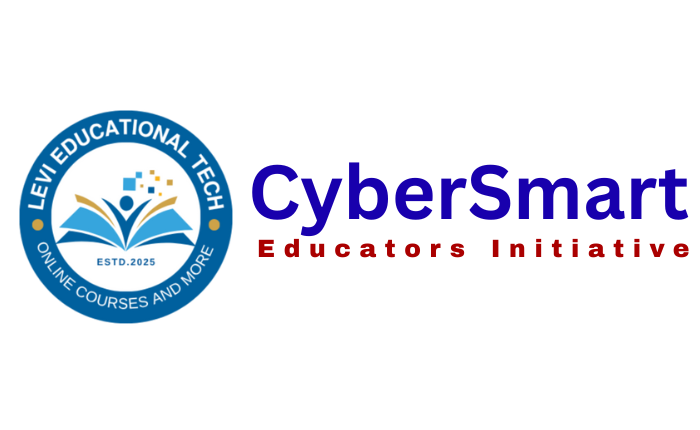Currently Empty: ₦0.00

 Levi EduTech
Levi EduTech- September 18, 2025
- Comment 0
Introduction: The Illusion of Safety in the Digital Age
Once upon a time, the word “impenetrable” was reserved for fortresses and fictional vaults. Today, it’s a buzzword in cybersecurity—used to describe systems we hope are unbreakable. But here’s the truth: no digital system is truly impenetrable.
In the ever-evolving cyber jungle, even the most fortified networks are vulnerable. This blog explores why absolute security is a myth and what educators and institutions must understand to stay ahead.
Education is the passport to the future, for tomorrow belongs to those who prepare for it today.
― Malcolm X
Why 100% Security Is Impossible
Despite billions spent on cybersecurity infrastructure, breaches still happen. Here’s why:
🔹 Human Error
The most advanced firewall can’t stop a careless click. A teacher unknowingly opening a phishing email or a student downloading a malicious file can compromise an entire school’s network. Humans remain the weakest link in any security chain.
🔹 Zero-Day Vulnerabilities
These are software flaws unknown to developers but discovered by hackers. They’re like hidden doors in a building—no one knows they exist until someone walks through them. By the time a patch is released, damage may already be done.
🔹 Rapid Technological Evolution
As we embrace AI, IoT, and quantum computing, we also introduce new attack surfaces. Every innovation brings new risks. Cybercriminals are often early adopters, exploiting technologies before defenders understand them.
🔹 Resource Gaps
Not every school or organization can afford top-tier cybersecurity tools or experts. Hackers know this—and they target institutions with weak defenses, especially in developing regions.


The Cyber Jungle: A World of Digital Predators
Imagine the internet as a vast jungle. In this wild terrain, hackers are the predators—constantly scanning for prey. Some are driven by curiosity, others by profit, and some by ideology. They don’t just work alone; many operate in organized networks, sharing tools and stolen data.
Some are even backed by governments, turning hacking into a form of cyber warfare. In this jungle, survival requires vigilance, adaptability, and education.
What This Means for Schools and Educators
Educational institutions are increasingly becoming targets. Why?
- They store sensitive student data.
- They often lack robust cybersecurity infrastructure.
- They’re adopting digital tools faster than they can secure them.
Cybersecurity education is no longer optional—it’s essential. Teachers, students, and administrators must understand the risks and learn how to defend themselves.
Building Digital Resilience: The CEI Approach
At Cybersmart Educators Initiative, we don’t just teach cybersecurity—we build digital resilience. Our curriculum is designed to help educators:
- Understand the nature of cyber threats.
- Learn practical defense strategies.
- Foster a culture of digital safety in schools.
We believe that awareness is the first step toward protection. And while no system is impenetrable, an informed community is far harder to breach.
Conclusion: Don’t Relax—Recharge
The myth of digital impenetrability is dangerous because it breeds complacency. Instead of chasing perfection, we must pursue preparedness. Cybersecurity is a journey, not a destination.
So, whether you’re an educator, a student, or an IT professional, remember: the jungle is real—but so is your power to navigate it.




